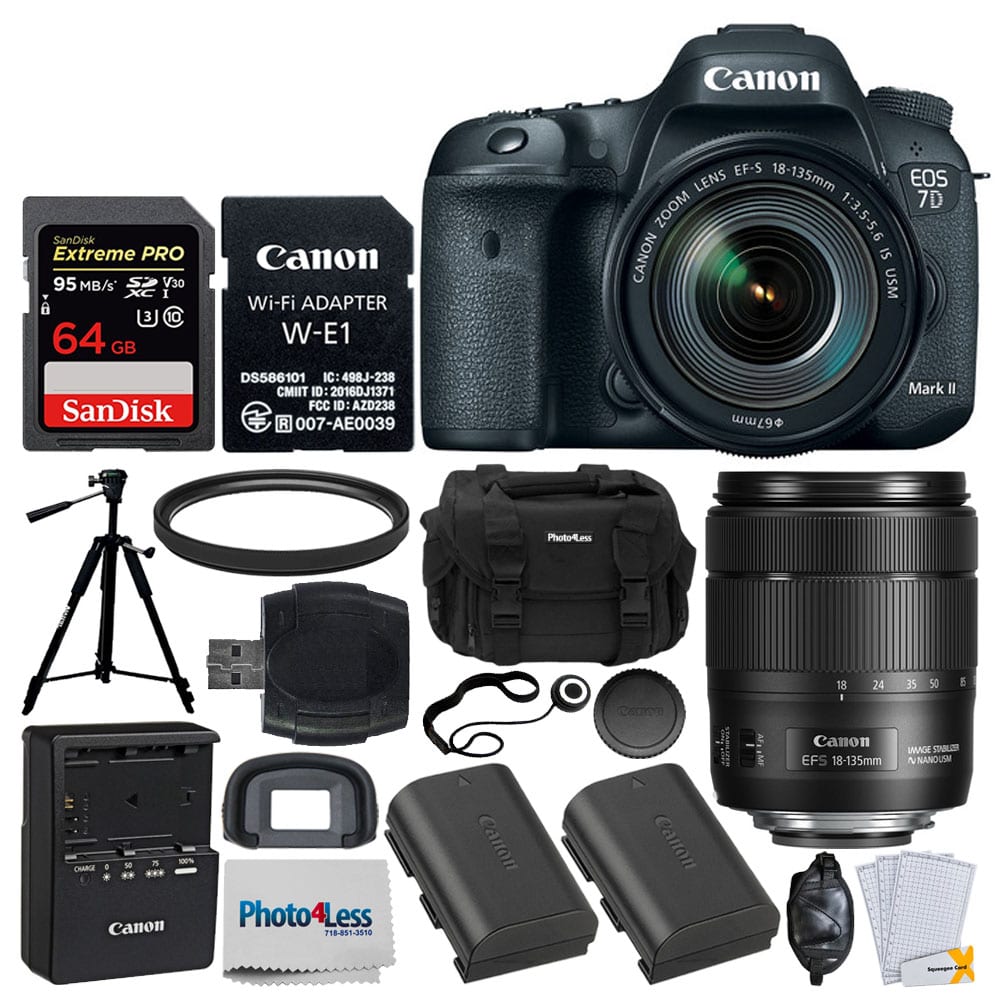
I have more choices with predator-prey positioning to maximize the tension in the image.

Have shot with a friend’s Canon 7D MkII for a few weeks. And if Nikon makes a new AF system with more cross-type focus points, that will be icing on the cake!īeen thinking about replacing my tired overused and abused D7000 with a new body. If Nikon puts a large buffer with 10 fps continuous shooting speed, it will be a worthy competitor. It will be interesting to see how the upcoming high-end Nikon DX will compare to the 7D Mark II. The Nikon D7200 is smaller, lighter, has a better LCD screen and better battery life. At the same time, the D7200 has Wi-Fi capability with NFC, whereas the 7D Mark II has no built-in Wi-Fi.

It also has a built-in GPS chip while the D7200 does not. It has a more advanced metering sensor and can also detect flickering when shooting in indoor environments. The 7D Mark II has better shutter durability and better sealing than the D7200. Both cameras can focus in very low-light situations with -3 EV AF detection, so there is no clear advantage there. For active tracking, I find Nikon to be a bit better, but that’s my subjective opinion. I would say both systems are equally good when using the center focus point and the 7D Mark II is more accurate for outer focus points. Does this mean that the Canon 7D Mark II has a better overall AF system? That’s a tough question, because it depends on many factors. Focusing with outer focus points is more reliable on the 7D Mark II, as noted in my Canon 7D Mark II review. With a whopping 65 point all cross-type AF system, it certainly beats Nikon’s 51-point AF system with only 15 cross-type sensors. The buffer on both cameras allows shooting for about 3 seconds before buffer fills up, but keep in mind that you end up with 31 RAW images on the 7D Mark II vs 18 on the D7200 after the sequence is over.Īs for autofocus, the Canon 7D Mark II has a better and more flexible AF system on paper. It might not sound like a big difference, but in reality 10 fps is a lot faster, as shown in this video: The key difference is continuous shooting speed and that’s where the 7D Mark II has a huge advantage – 10 fps vs 6 fps on the D7200.
CANON 7D MARK II AF FILTER ISO
The sensor native ISO range is a little different, but at the end of the day it does not really matter, as ISO numbers don’t mean much in terms of noise or dynamic range. The D7200 does not have a low pass filter, while the 7D Mark II does. I expect noise performance on both cameras to be similar, although the 7D Mark II will definitely lose in dynamic range, as demonstrated in reviews and articles like this one. This translates to lower resolution images, but because of decreased resolution, the pixel size on the 7D Mark II is actually slightly larger. For now, let’s take a look at the differences between these two cameras.įirst, the Canon 7D Mark II comes with a slightly lower resolution 20.2 MP sensor on a smaller sensor with a 1.6x crop factor vs 1.5x on the D7200.

The true competitor to the 7D Mark II will be Nikon’s D400, which will probably be priced around the same mark and should be a more robust camera than the D7200. With a $600 price difference, it is pretty clear that the Canon 7D Mark II is a higher-grade camera than the Nikon D7200. Further details and comparisons will be provided in our upcoming Nikon D7200 review later this year.įirst, let’s go over the bare specifications: Nikon D7200 vs Canon 7D Mark II Specification Comparison Camera FeatureĢ,016-pixel RGB sensor 3D Color Matrix Metering II Please keep in mind that this comparison is purely based on preliminary data.

Both have their strengths and weaknesses, but which one of these would be more suitable for capturing fast action? In this comparison, we will go over both feature and specification differences between the two cameras. The D7200 is currently Nikon’s best DX camera for shooting action, but how does it compare to Canon’s speed demon, the 7D Mark II in features and specifications? The Nikon D7200 comes with a 24.2 MP sensor, 6 fps continuous shooting speed, 51-point AF system, 2x SD card slots and built-in Wi-Fi, whereas the 7D Mark II has a slightly smaller sensor with 20.2 MP of resolution, impressive 10 fps continuous shooting speed, 65-point all cross-type AF system, 1x CF + 1x SD card slots and a pro-quality build / ergonomics.


 0 kommentar(er)
0 kommentar(er)
